
Non-Infectious Diseases Cancer & Diabetes

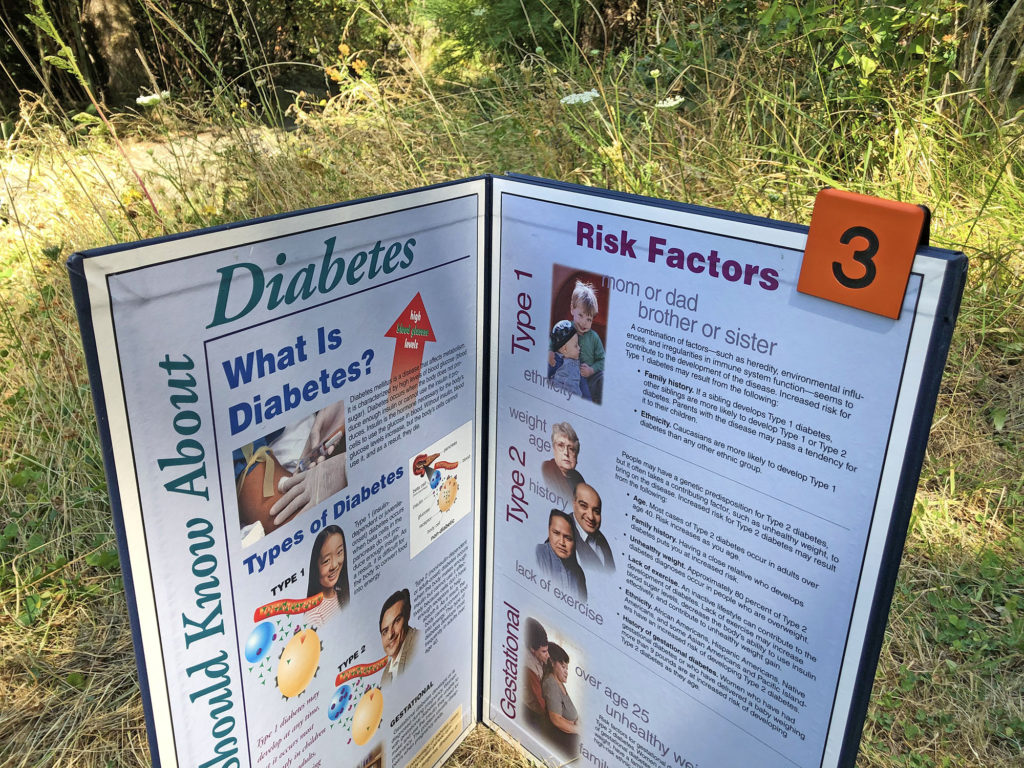
Non-Infectious Disease Objectives
-
Provide examples of non-infectious and infectious diseases including the global conditions that increase the risk of disease occurrence.
-
List the steps required for a “normal” cell to become a cancer cell and explain the difference between a benign and malignant tumor.
-
Outline how hormones regulate blood sugar, explaining the relationship of blood sugar to type I, type II, and gestational diabetes.

Before COVID-19, these were the most significant causes of adult deaths. The numbers are approximations: not all deaths have an identified cause and not all countries report the same information (source: WHO.int)
In 2020, COVID-19 could surpass all of the other infectious (communicable) diseases. As of May 14, over 300,000 people had died of COVID-19 in less than five months. Infectious disease coverage, including COVID-19, begins on the next webpage and continues in the final module.
Non-infectious, also called non-communicable, diseases are typically not spread from one individual to the next. Contact with another human, organism, or virus does not give you the disease.
From the course so far, list five examples of non-infectious diseases.
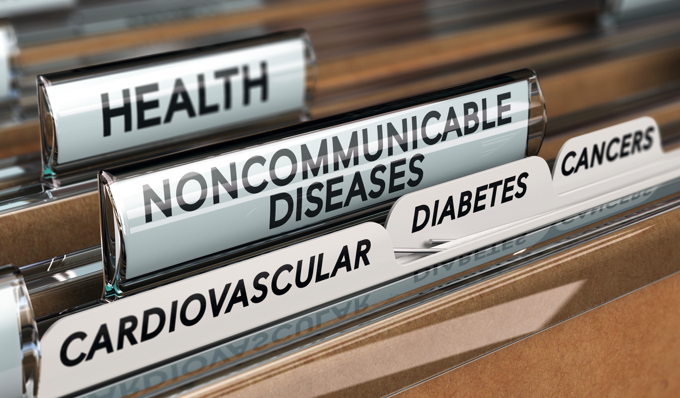
Examples include cardiovascular diseases, diabetes, osteoporosis, Alzheimer’s Disease, and most cancers. These diseases occur associated with age, genetics, environmental factors, and chance. As a result, they can vary significantly from one person to the next.
Non-infectious diseases like hypertension (high blood pressure) can impact multiple organs. This is another reason why individual’s symptoms can vary significantly.
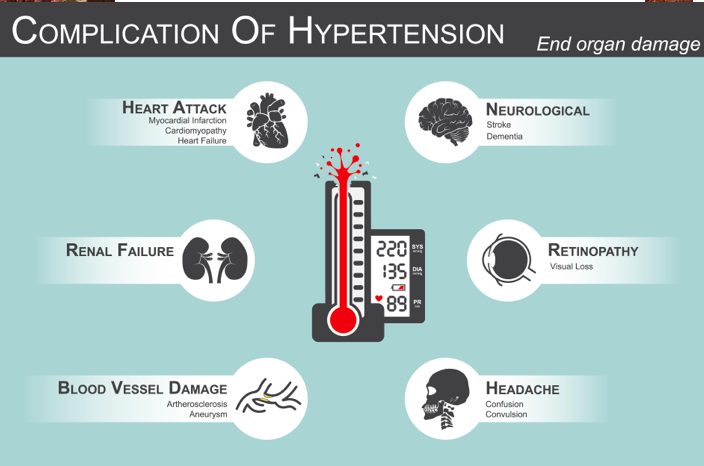
During this video, determine which organ systems are most linked to adult deaths.
Stroke is a leading cause of adult deaths. This is an opportunity to recall what you have learned about this disease.
Globally, some disease risks for infectious and non-infectious diseases have been persistent for decades.
Significant Disease Risks
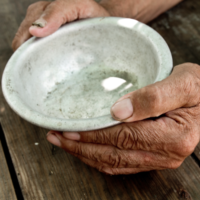
Underweight
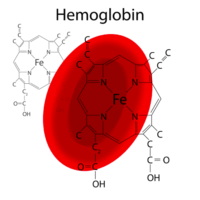
Iron Deficiency
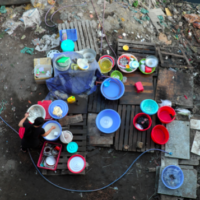
Unsafe Water

Indoor Smoke
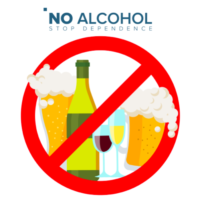
Alcohol
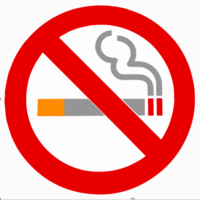
Tobacco Products
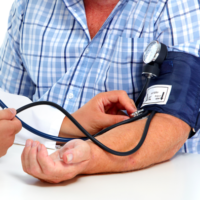
Hypertension
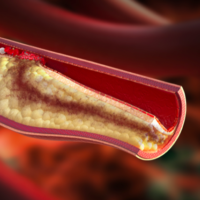
High Cholesterol
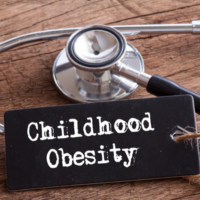
Obesity
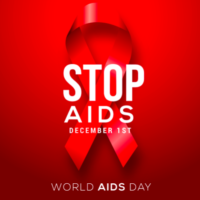
Unsafe Sex
For many non-infectious diseases, diet and exercise can reduce incidence. This video provides some of the current recommendations. The amount of exercise is more than many people regularly get.
This video reinforces two important concepts related to avoiding tobacco smoke.
Cancers
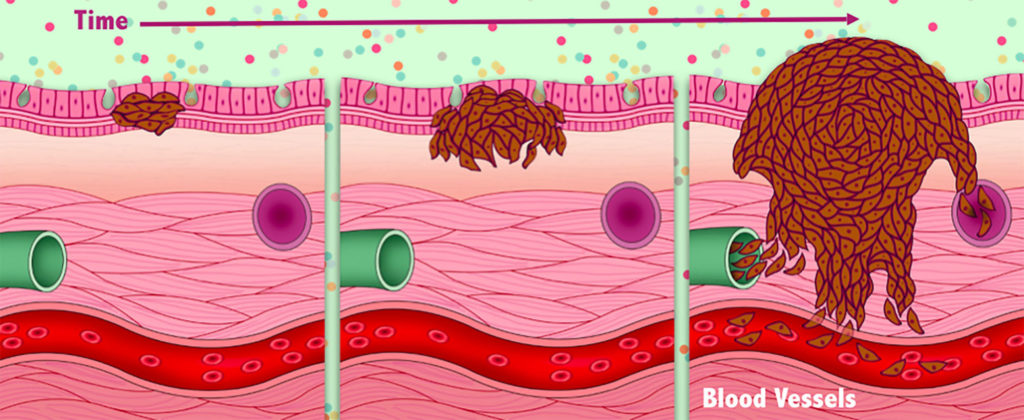
Cancer in the simplest sense is an increase in cell division, and a decrease in cell death. From the first guide, cells had different life stages. One cell dividing to produce two identical cells is the process of ___. Programmed cell death is called ___.
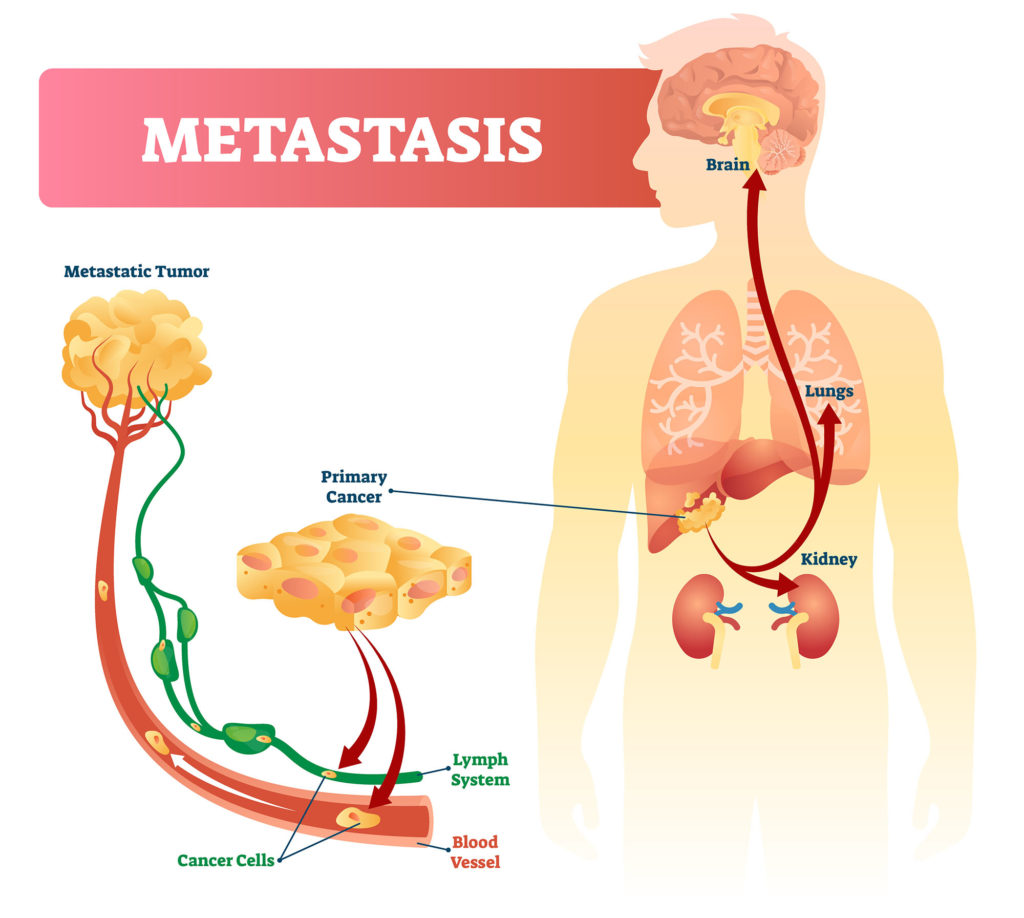
A group of cancer cells is called a t____. This mass of cells can be b____, meaning the cells stay in their original location. However in m_____ cancers, the cells can move or metastasize away from their original location.
Cancer cells can metastasize through ___ vessels and/or ___ vessels that drain extracellular fluid.

With a cancer diagnosis comes information on the stage of tumor development.
Reproductive Cancers
Often media focus is on cancers shared by all humans like skin or colorectal cancer. Cancers can also occur in specific reproductive systems and require monitoring for potential early detection.
Cervical cancer, and to a limited degree ovarian cancer, can sometimes be detected with a Pap Smear. These cancers have few symptoms early on, so detection screening is critical. If you are interested in additional information about the Pap test, please visit this link to the Mayo Clinic.
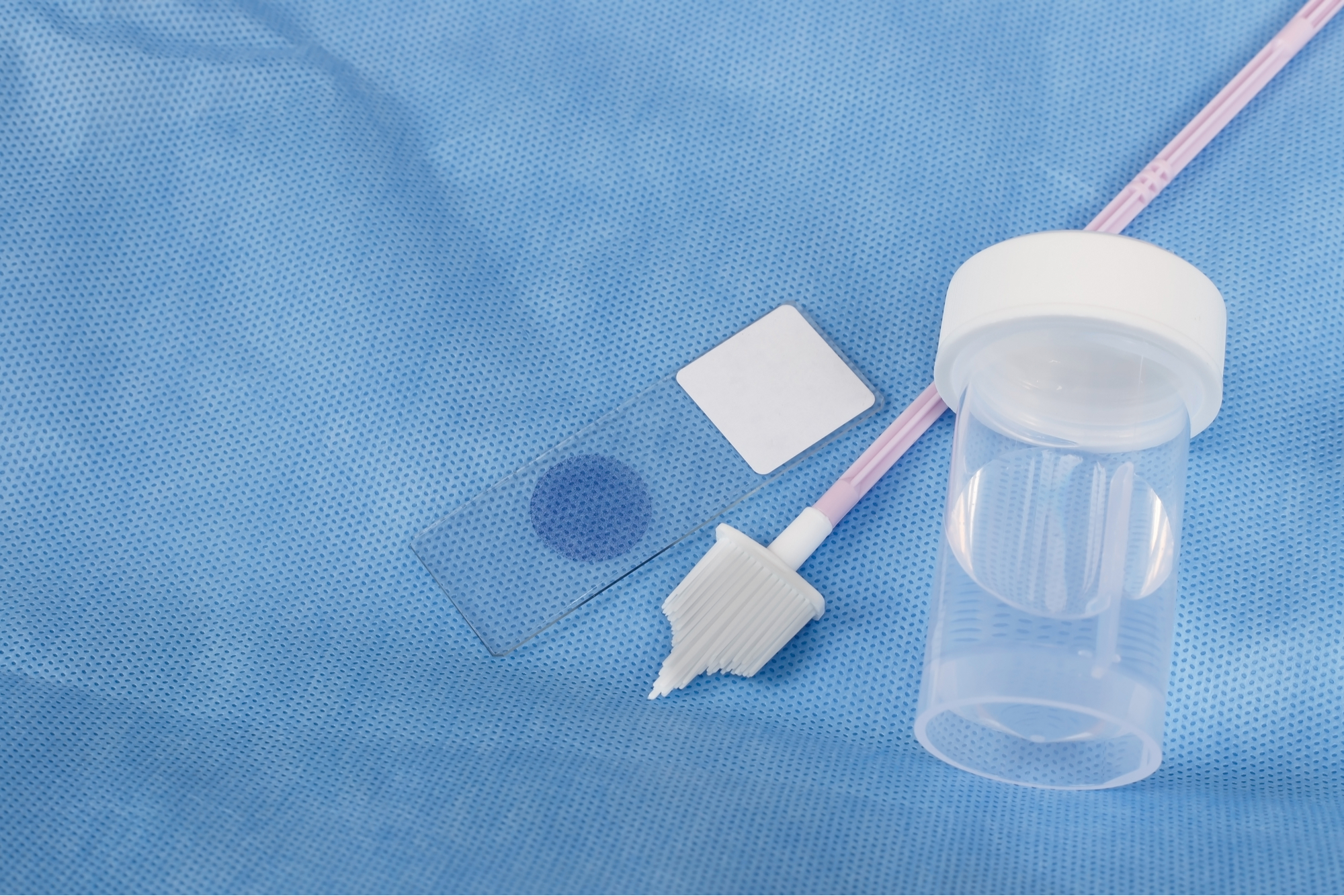
All adults have breast tissue and can develop breast cancer, but the disease is much more common in women due to tissue and hormonal differences.
All women should be performing monthly breast self-exams. Although breast cancer in older women is more common and also screened with mammograms; the rarer cancers in young women can be fast-growing and dangerous as a result. If you are interested in learning about breast self-exams, please visit this link to the John Hopkins Breast Center.
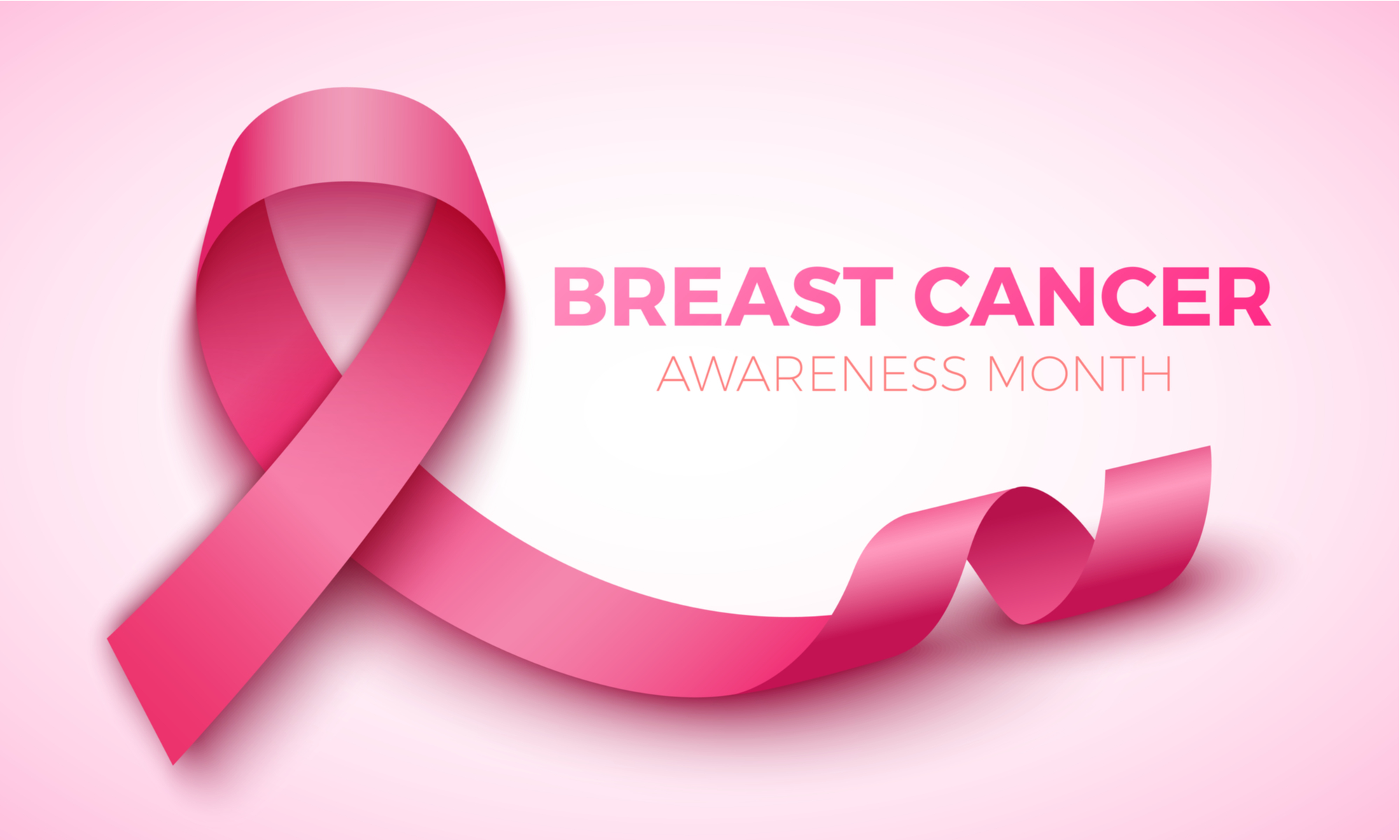
Testicular cancer is not common, but it primarily occurs in men between the ages of 15 and 35.
All men should be performing monthly testicular self-exams. Men are less likely to receive yearly physicals, and early onset cancers can go undetected. If you are interested in learning about testicular self-exams, please visit this link to the American Cancer Society.

Diabetes

In the endocrine system webpage, an example of hormones working opposite each other were calcitonin and parathyroid hormone balancing blood calcium.
The pancreas produces two hormones that balance blood glucose: ___ and ___.
This video shows how insulin and glucagon levels change in response to a rise in blood glucose right after a big meal, or a slight drop in blood glucose long after a meal.
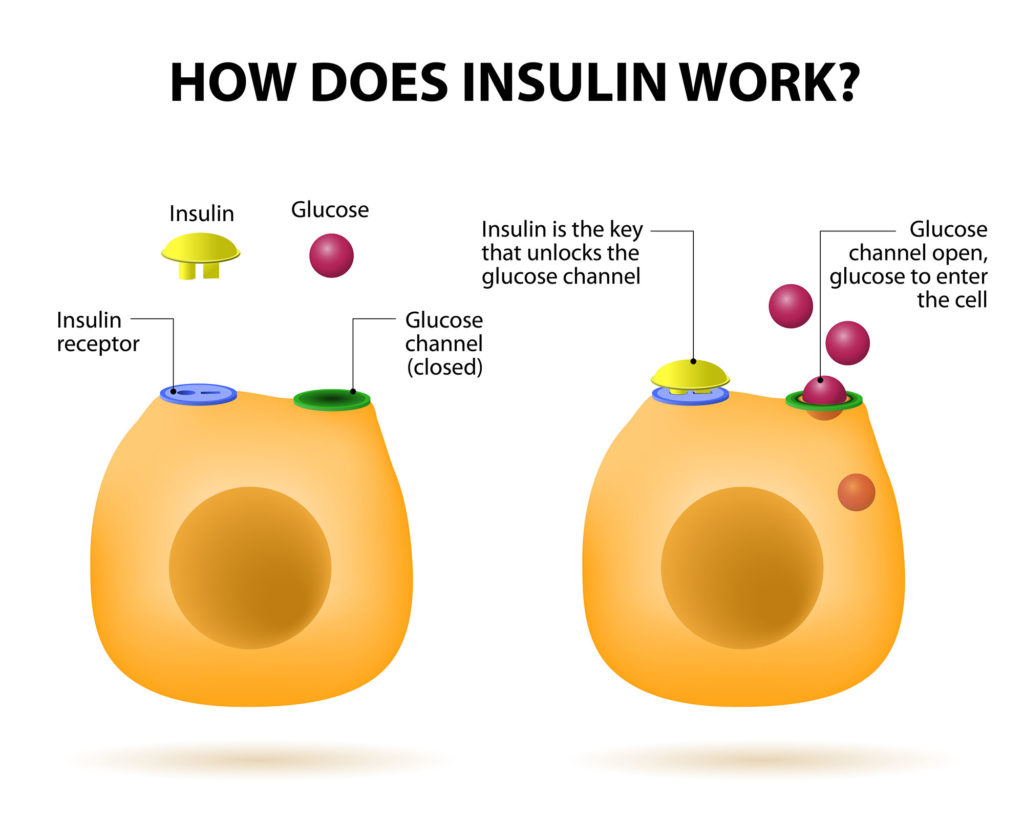
Soon after a meal, the pancreas releases ___ that binds to receptors on muscle and liver cells. These cells take glucose out to the blood and store it as ___.
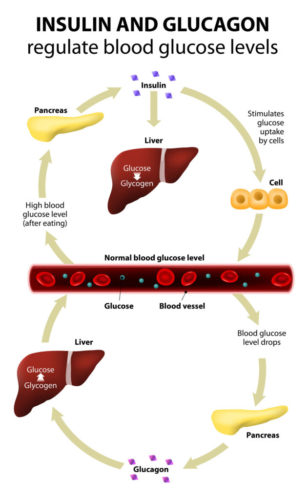
Long after a meal, the pancreas releases ___, which targets different receptors and causes ___ to be released back into the blood.
To make sure this makes sense, draw a sketch of blood glucose regulation when glucose levels would be rising after a big meal, and again when glucose would be falling long after a meal. Include: pancreas, liver/skeletal muscle, insulin, glucagon, glucose, glycogen.
Insulin and glucagon are working opposite each other to maintain relative balance, also called h__________.
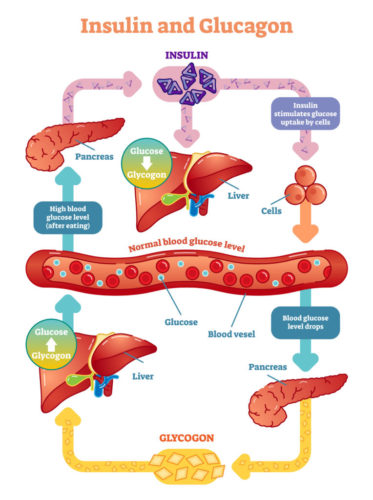
The pancreas is serving two distinct functions: producing enzymes for digestion and hormones for blood sugar regulation. The differences in tissues is apparent under the microscope.
Diabetes is a set of diseases that relates to insulin. This video provides an overview of the types of diabetes and risk factors.
Diseases like diabetes can have numerous symptoms, indicating that multiple organ systems may be impacted.

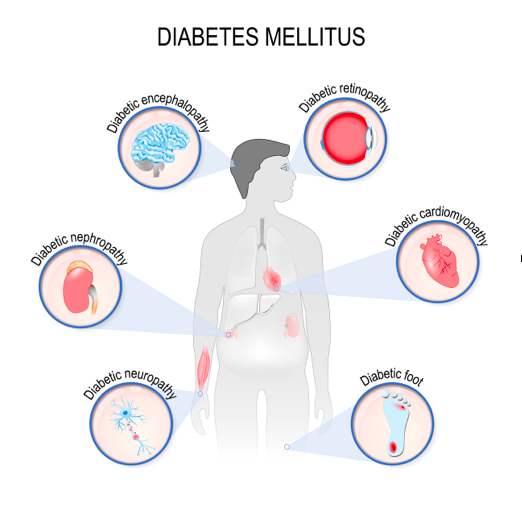
Limitations and dramatic fluctuations in blood sugar can impact tissues throughout the body.
Difficulty in managing blood sugar levels can result in both short-term and long-term impacts on the body.

Management of diabetes is a balance of diet, exercise, stress reduction, and medication.
Start this Guide’s second journal assignment here
Journal Page #12: Glucose Regulation
For this journal assignment you are teaching about glucose regulation. Describe blood glucose regulation when glucose levels would be rising after a big meal, and again when glucose would be falling long after a meal. Include these terms in your description: pancreas, liver/skeletal muscle, insulin, glucagon, glucose, glycogen. This can be a well-written narrative or a labeled sketch.
You are turning in a complete and accurate representation of glucose regulation that includes:
- what happens when glucose levels are rising after a meal.
- what happens when glucose levels are dropping long after a meal.
- the vocabulary: pancreas, liver/skeletal muscle, insulin, glucagon, glucose, glycogen

The next section begins infectious diseases with an introduction to pathogens and parasites.
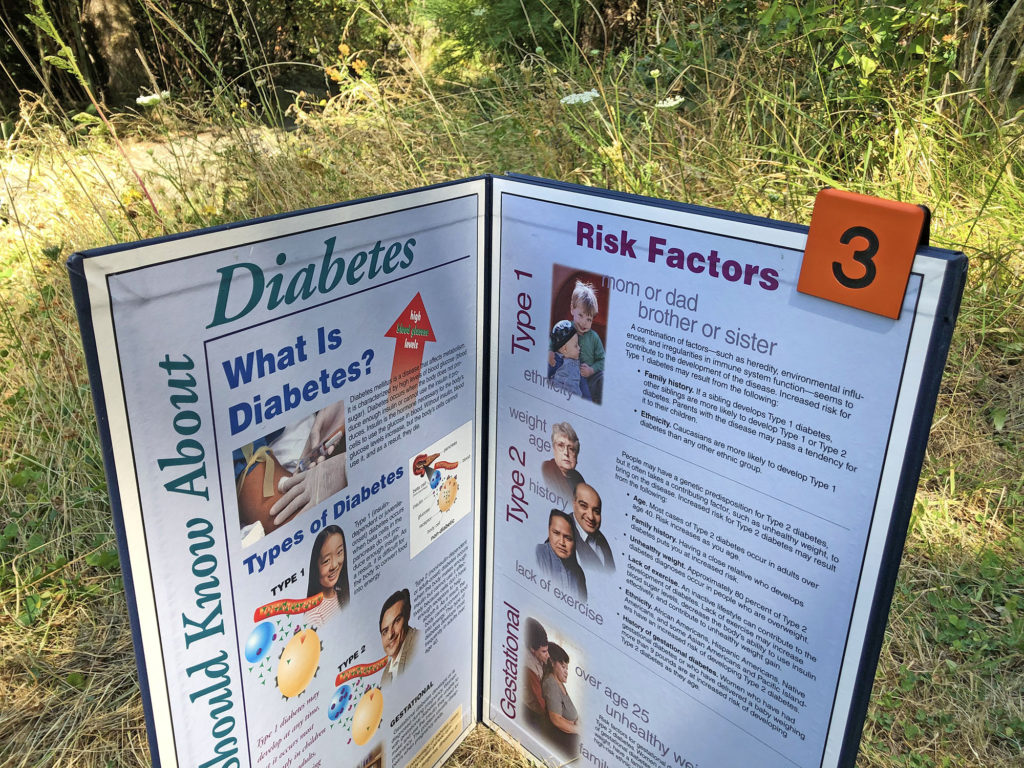
Check your knowledge. Can you:
-
provide examples of non-infectious and infectious diseases including the global conditions that increase the risk of disease occurrence?
-
list the steps required for a “normal” cell to become a cancer cell and explain the difference between a benign and malignant tumor?
-
outline how hormones regulate blood sugar, explaining the relationship of blood sugar to type I, type II, and gestational diabetes?



